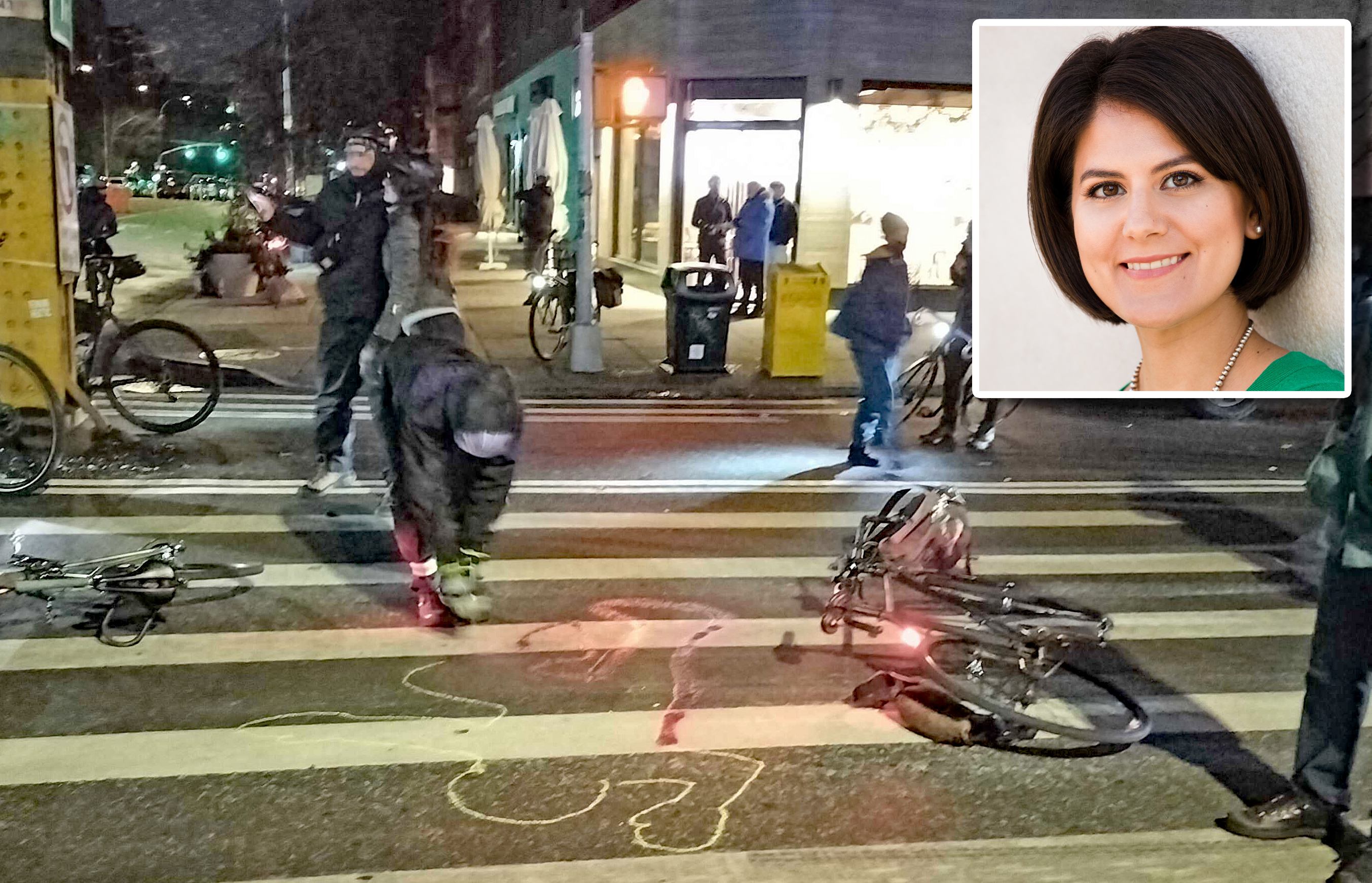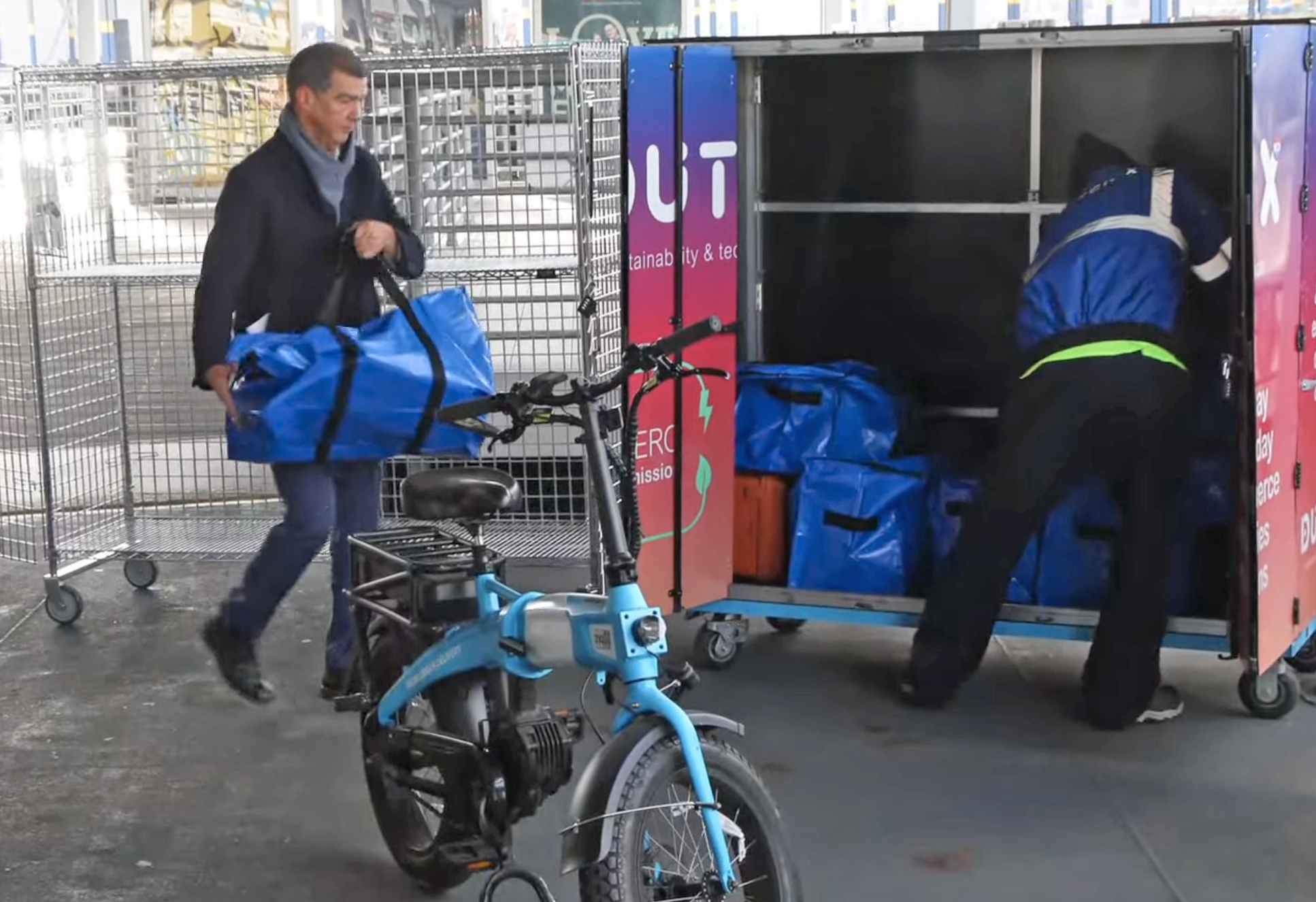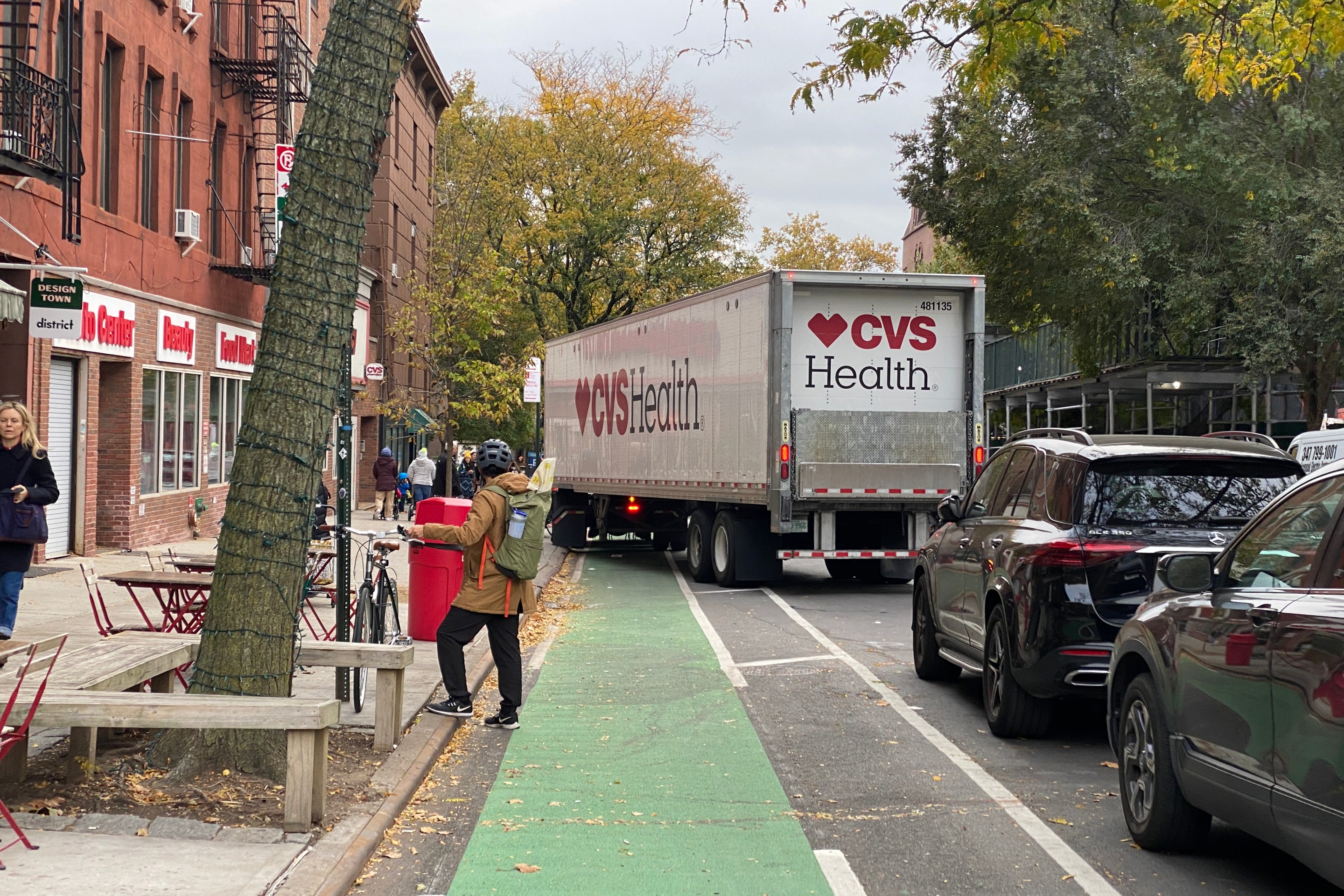
The Tri-State Transportation Campaign is calling on Governor Cuomo and New York State DOT to increase funding for much-needed safety improvements on the state's most dangerous streets.
Tri-State's 2016 “Most Dangerous Roads for Walking” report, released this morning, summarizes the state of pedestrian safety in New York, New Jersey, and Connecticut and identifies the streets where the most pedestrians were killed from 2012 to 2014. In those three years, motorists struck and killed 12 pedestrians on both Jericho Turnpike in Suffolk County and Hempstead Turnpike in Nassau, the highest toll in the state.
Those wide suburban roads are followed closely by wide NYC streets. Flatbush Avenue in Brooklyn and Queens Boulevard in Queens both saw 11 fatalities in the same three-year period. In the Bronx, motorists struck and killed 10 pedestrians on the Grand Concourse.
Tri-State commends the de Blasio administration's Vision Zero campaign while calling for City Hall to commit more resources to it. Both Queens Boulevard and the Grand Concourse are in line for design changes, and many of the other streets cited in the report were identified as high priorities for safety improvements in DOT’s Vision Zero pedestrian safety action plans.
The report is based on federal data that don't extend past 2014, so it doesn't capture the decline in traffic deaths last year. “Vision Zero was implemented in 2014 and since then we’ve seen the reduction in NYC’s speed limit to 25 mph, the installation of speed cameras, and the Right-of-Way legislation, so in future analyses we expect to see further decreases in pedestrian fatalities,” Tri-State’s Joseph Cutrufo said in an email.
Here are the streets in each borough with the highest number of pedestrian deaths from 2012 to 2014:
- Queens (132 total): Queens Boulevard (11), Northern Boulevard (8), Rockaway Boulevard (8), Jamaica Avenue (7), Roosevelt Avenue (6)
- Brooklyn (129 total): Flatbush Avenue (11), Atlantic Avenue (7), Eastern Parkway (6), Rockaway Parkway (5), Fourth Avenue (4)
- Manhattan (91 total): Third Avenue (7), Broadway (7), Amsterdam Avenue/Tenth Avenue (6), First Avenue (5), Adam Clayton Powell Jr. Boulevard/Seventh Avenue (5)
- The Bronx (70 total): Grand Concourse (10), Bruckner Boulevard (5), 233rd Street (4), White Plains Road (4)
- Staten Island (21 total): Hylan Boulevard (3), Victory Boulevard (3)
The borough fact sheets, linked above, include maps of fatality locations coded by the victim’s age. New Yorkers over the age of 65 are more than three times more likely than average to be killed while walking, Tri-State notes in its press release.
Most of Tri-State's recommendation are directed at the state level. Governor Cuomo signed the Complete Streets Act in 2011, but his administration has not set aside any dedicated fund for walking and biking projects. The Assembly included $20 million for complete streets in its budget proposal, but that funding didn’t make the final budget.
“Simply put, New York State is not doing enough to turn these fatality numbers around," Tri-State's Nadine Lemmon said in the press release. “An historic budget was just passed, one that makes record investments in transportation, and not one penny of our state tax dollars was dedicated to pedestrian infrastructure.”
New York State DOT, which controls many of the most dangerous streets for walking and received an additional $1 billion for its capital program in the final budget, can still devote resources to pedestrian safety if it chooses.
The report calls on state DOT and electeds to:
- Develop a plan to improve pedestrian safety on streets that consistently rank among the most deadly.
- Dedicate two percent or more of the department's new capital funding, or $100 million, over the next five years to walking and biking projects.
- Release a progress report on complete street projects implemented since the passage of 2011’s Complete Streets Act.
- Grant local governments home rule to set their own speed limits.
- Do a better job of assessing how well the transportation system works for walking and biking.
- Let local governments use street design guidelines other than the ones approved by the notoriously slow-to-adapt American Association of State Highway and Transportation Officials.





